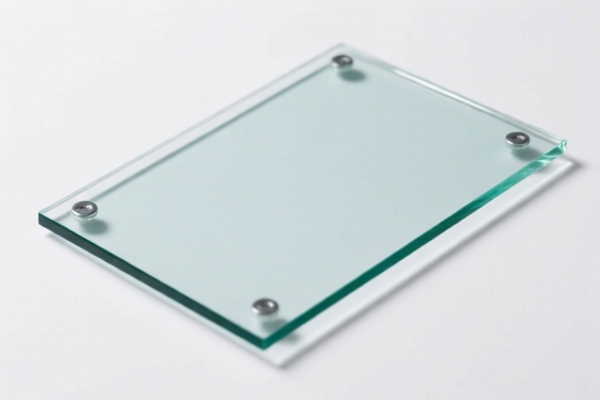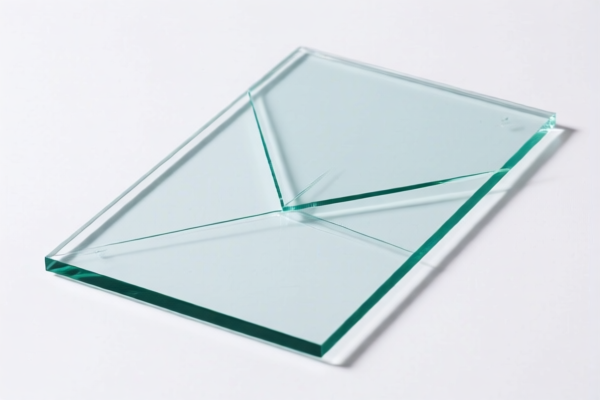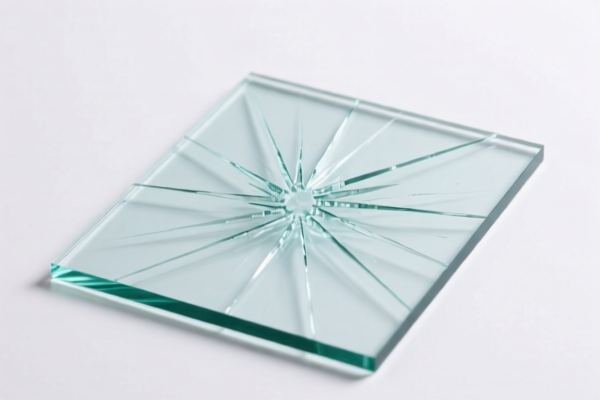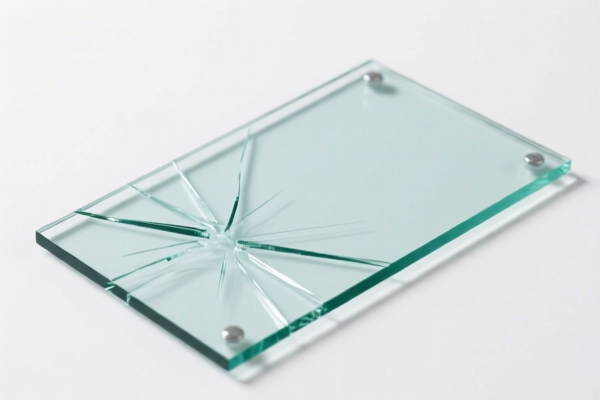| HS Code | Official Doc | Tariff Rate | Origin | Destination | Effective Date |
|---|---|---|---|---|---|
| 7019610500 | Doc | 55.0% | CN | US | 2025-05-12 |
| 7019630500 | Doc | 55.0% | CN | US | 2025-05-12 |
| 7016100000 | Doc | 57.7% | CN | US | 2025-05-12 |
| 7016905000 | Doc | 60.0% | CN | US | 2025-05-12 |
| 8311900000 | Doc | 55.0% | CN | US | 2025-05-12 |
| 8304000000 | Doc | 33.9% | CN | US | 2025-05-12 |
| 8304000000 | Doc | 33.9% | CN | US | 2025-05-12 |
| 9403999051 | Doc | 55.0% | CN | US | 2025-05-12 |
| 8310000000 | Doc | 55.0% | CN | US | 2025-05-12 |
| 6306120000 | Doc | 38.8% | CN | US | 2025-05-12 |
| 6306191100 | Doc | 45.5% | CN | US | 2025-05-12 |
| 6304920000 | Doc | 36.3% | CN | US | 2025-05-12 |
| 6304930000 | Doc | 39.3% | CN | US | 2025-05-12 |
| 3926903000 | Doc | 59.2% | CN | US | 2025-05-12 |
| 3926909989 | Doc | 42.8% | CN | US | 2025-05-12 |
| 3920795000 | Doc | 58.7% | CN | US | 2025-05-12 |
| 3920995000 | Doc | 60.8% | CN | US | 2025-05-12 |
| 7606113030 | Doc | 33.0% | CN | US | 2025-05-12 |
| 7606113060 | Doc | 33.0% | CN | US | 2025-05-12 |
| 7610100010 | Doc | 68.2% | CN | US | 2025-05-12 |
| 7610900040 | Doc | 85.7% | CN | US | 2025-05-12 |
| 9406900190 | Doc | 82.9% | CN | US | 2025-05-12 |
| 9406900130 | Doc | 82.9% | CN | US | 2025-05-12 |




Window Screening
Window screening, also known as insect screening, is a barrier placed over openings in windows to keep insects and other pests out while allowing air and light to pass through. It is a common feature in residential and commercial buildings, particularly in regions with significant insect populations.
Material
Window screening is manufactured from a variety of materials, each with different characteristics regarding durability, visibility, and cost. Common materials include:
- Fiberglass: The most popular choice due to its affordability, resistance to corrosion, and longevity. It is relatively strong and doesn't shrink, stretch, or rust.
- Aluminum: Offers greater strength and is more resistant to tearing than fiberglass. Often used in high-traffic areas or where security is a concern. Can be more expensive.
- Nylon: Known for its strength and elasticity. Provides good visibility but can be more expensive than fiberglass.
- Polyester: Offers good strength and is resistant to stretching and shrinking.
- Bronze/Copper: Historically used, offering a classic aesthetic and excellent durability, but are significantly more expensive.
- Stainless Steel: Used in specialized applications requiring high strength and corrosion resistance.
Purpose
The primary purpose of window screening is pest control. It prevents insects such as mosquitoes, flies, moths, and other unwanted creatures from entering a building. This contributes to:
- Improved Health: Reduces the risk of insect-borne diseases.
- Increased Comfort: Prevents irritating bites and buzzing insects.
- Food Protection: Protects food from contamination.
- Preservation of Indoor Environment: Keeps the indoor space cleaner.
Function
Window screening functions by creating a physical barrier with small openings that insects cannot pass through. The mesh size (measured in threads per inch or millimeters) determines the size of insects that can be blocked.
Screens also offer:
- Airflow: Allows for natural ventilation while preventing insect entry.
- Sunlight Transmission: Permits natural light to enter the building.
- Partial UV Protection: Some screen materials offer a degree of ultraviolet (UV) light protection.
Usage Scenarios
Window screening is used in a wide variety of applications:
- Residential Buildings: Homes, apartments, and cottages.
- Commercial Buildings: Offices, restaurants, and retail spaces.
- Porches and Patios: Enclosed outdoor spaces.
- Agricultural Buildings: Greenhouses and barns to protect crops.
- Mobile Homes/Trailers: Providing insect protection in portable structures.
Common Types
Several types of window screening are available, categorized by their installation method and features:
- Traditional/Standard Screens: The most common type, with a wooden or aluminum frame that fits into the window frame.
- Roll-Down Screens: Retract into a housing when not in use, offering convenience and a clear view.
- Magnetic Screens: Utilize magnets to attach to the window frame, providing easy installation and removal.
- Self-Storing Screens: Spring-loaded screens that automatically retract into a housing.
- Adjustable Screens: Designed for windows of varying sizes.
- Pet Screens: Constructed from heavier-duty materials to resist damage from pets.
- Solar Screens: Designed to reduce heat gain and glare.
Window screening is not explicitly defined as a single commodity within the provided reference material. However, several HS codes may be relevant depending on the material composition of the screening.
Here are the potentially applicable HS codes based on the information available:
- 6306120000: Tarpaulins, awnings and sunblinds: Of synthetic fibers (669). This code could apply if the window screening is made of synthetic fibers. The reference material defines this as tarpaulins, awnings and sunblinds made of synthetic fibers.
- 6306191100: Tarpaulins, awnings and sunblinds: Of other textile materials: Of cotton (369). If the window screening is made of cotton, this HS code may be applicable.
- 7610100010: Aluminum structures (excluding prefabricated buildings of heading 9406) and parts of structures (for example, bridges and bridge-sections, towers, lattice masts, roofs, roofing frameworks, doors and windows and their frames and thresholds for doors, balustrades, pillars and columns); aluminum plates, rods, profiles, tubes and the like, prepared for use in structures: Doors, windows and their frames and thresholds for doors Windows and their frames. This code could be relevant if the screening is an aluminum structure or part of a window frame.
- 3926903000: Other articles of plastics and articles of other materials of headings 3901 to 3914: Other: Parts for yachts or pleasure boats of heading 8903; parts of canoes, racing shells, pneumatic craft and pleasure boats which are not of a type designed to be principally used with motors or sails. If the window screening is made of plastic, this HS code may be applicable.
Important Considerations:
- The applicable HS code will depend on the material composition of the window screening.
- Regarding HS code 7610100010, please note the reference material specifies this code applies to doors, windows and their frames.
- Regarding HS code 3926903000, please note the reference material specifies this code applies to parts for yachts or pleasure boats.
- The reference material does not provide specific guidance on the declaration requirements for window screening. It is recommended to consult with a customs broker or relevant authority to determine the appropriate HS code and declaration requirements.
Customer Reviews
No reviews yet.